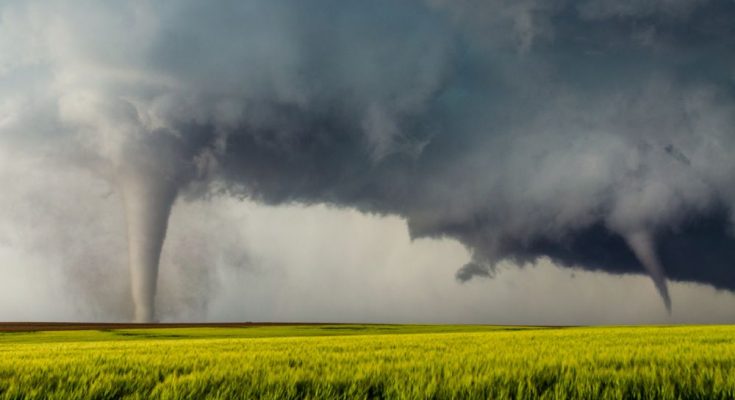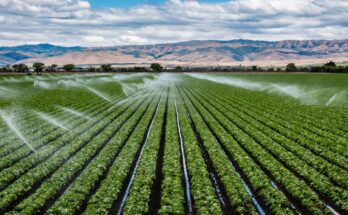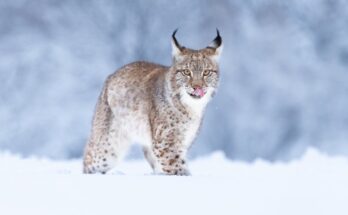Natural disasters impact the United States every year and bring severe damage and destruction to the affected areas. It’s important to understand these types of disasters so that you can prepare for them in advance. The importance of emergency preparedness is key in the face of a disaster. Here are different types of natural disasters that you should prepare for ahead of time.
Tornadoes
Tornadoes are rotating air columns extending to earth from thunderstorm clouds. These storms form when moist, warm air and cold, dry air meet and create an unstable atmosphere that causes the wind to speed up and change direction. Tornadoes are most likely to occur in “Tornado Alley” in the Midwest of America and can cause severe damage to homes and landscapes.
Earthquakes
Earthquakes are natural disasters that occur when the earth’s tectonic plates rub against each other, causing friction. This friction causes energy to radiate from the earth in seismic waves, which we feel as an earthquake. The industrial practice of fracking can also cause earthquakes. These disasters can create widespread damage, destruction, and trauma through the collapse of buildings, homes, businesses, and infrastructure.
Hurricanes
Hurricanes are another natural disaster that originates in the ocean. Hurricanes form when storm clouds develop above warm ocean waters. Experts classify a hurricane as a tropical storm with winds of at least 74 miles per hour or higher. These storms can stretch for hundreds of miles and cause devastating damage when they reach land. They can bring a surge of ocean water, thunderstorms, hail, lighting, high winds, floods, and even tornadoes.
Landslides
Landslides and mudslides are other dangerous types of natural disasters that can cause immense damage. Landslides occur when large amounts of rock, debris, and earth move down a slope. They are most likely to happen after earthquakes, droughts, or heavy rainfall. When rain accompanies a landslide, it creates a mudslide and flooding, which can cause severe devastation in a widespread area.
Wildfires
Wildfires are unplanned, unpredictable fires that generally start in an area of combustible vegetation, such as a forest. They are difficult to control. Wildfires can occur in any location, but there are factors that make them more likely. For example, high temperatures, high wind speeds, little rainfall or drought, and dry vegetation are all prime elements to increase the likelihood of wildfires. These fires can spread for miles and last for days if they grow out of control.
Floods
Floods are an overflow of water that submerge dry land and cause severe damage in the process. These floods generally occur when there is an extended period of intense rainfall, causing water to rise above its normal level. Melting snow and ice from winter storms can also contribute to flooding potential. There are several different types of floods, such as flash floods, storm surges, river floods, coastal floods, and inland flooding. All of this water can cause extreme water damage to homes, buildings, vehicles, infrastructure, and more.
Now that you know the different natural disasters you should get ready for, you can prepare accordingly. Make sure to gather all the necessary supplies and equipment to keep you and your family safe.



